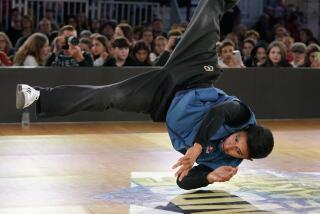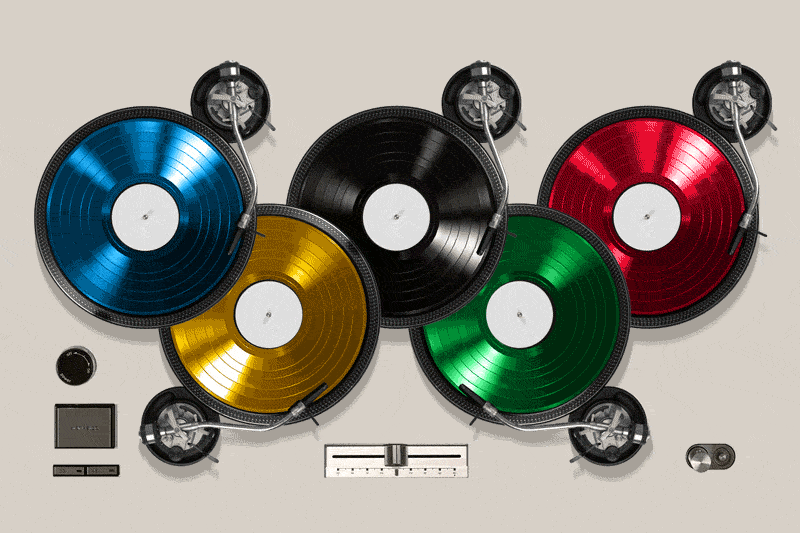At London Olympics, sabre event can prove worth savoring
- Share via
LONDON — An Olympic sabre match looks something like a pirate movie.
Two rivals square off, brandishing long blades. In the blink of an eye, they charge and commence hacking away.
Only there is no blood and no one falls to the deck, so it’s hard to tell who won. And when the point has ended — often in a second or two — the competitors turn to glare at the referee because even they don’t know who struck first.
“There’s a bit of gamesmanship,” said Tim Morehouse, a veteran fencer on the U.S. team. “Everyone does it.”
At the 2012 London Olympics on Wednesday, this often overlooked event figures to draw some attention as Mariel Zagunis tries for her third individual gold in as many Games.
But even if people tune in, they might not know what they’re looking at.
Many of the fans who purchased tickets to attend fencing competitions at the ExCeL complex this week seemed confused. That included Chris Coles from Plymouth, England, who brought his family.
“Sometimes I look at the scoreboard more than the fencers,” he said. “I’m trying to work it out.”
Morehouse, a two-time Olympian who also happens to have a master’s degree in education, has devoted himself to promoting the sport. Sitting with a reporter during Tuesday’s matches, he tried to explain.
“If you go to a baseball game for the first time, you might not understand that either,” he said. “But there’s a lot to love.”
Sabre is faster than its cousins, epee and foil, because competitors can score by touching any part of the blade — not just the tip — to the opponent’s upper body. As Morehouse put it, “We’re basically the 100-meter sprinters of fencing.”
The best way to watch is by focusing on movement. Fencers in sabre may score only if they initiate an attack, or repel the opponent’s attack and then move forward.
So when the opponents step up to their respective en garde lines, about a dozen feet apart, starting quickly can be crucial. The action often takes place near the center of the 40-foot strip.
Competitors wear metallic jackets and spaceman-like helmets that are equipped with electronic sensors and lights — green for one, red for the other — to indicate if they have scored. The lights often flash simultaneously, which leads to much fist-pumping and staring down of officials, trying to influence the decision as to who deserves the point.
“The reason we’re so demonstrative is because we’re wearing masks,” Morehouse said. “You have to display your emotions with your body.”
This can make the sport — while still mystifying — highly entertaining. It might explain why the puzzled fans at ExCeL have been consistently loud.
It seems that fencing has been sneaking its way into the sporting consciousness, Google featuring a pair of fighters as its daily doodle earlier this week.
On Wednesday, NBC’s family of cable networks will show almost three hours of Zagunis’ quest for a third gold, beginning with the round of 32 at 5:45 a.m. The entire competition is being streamed live over nbcolympics.com.
“I think it’s getting bigger and bigger,” said Race Imboden, a U.S. fencer who finished ninth in the foil event Tuesday.
Morehouse hopes that if people give the sport a chance, they will be patient.
“You just need to watch and learn as much as you can,” he said. “You’ll like it.”
twitter.com/LATimesWharton
More to Read
Go beyond the scoreboard
Get the latest on L.A.'s teams in the daily Sports Report newsletter.
You may occasionally receive promotional content from the Los Angeles Times.







